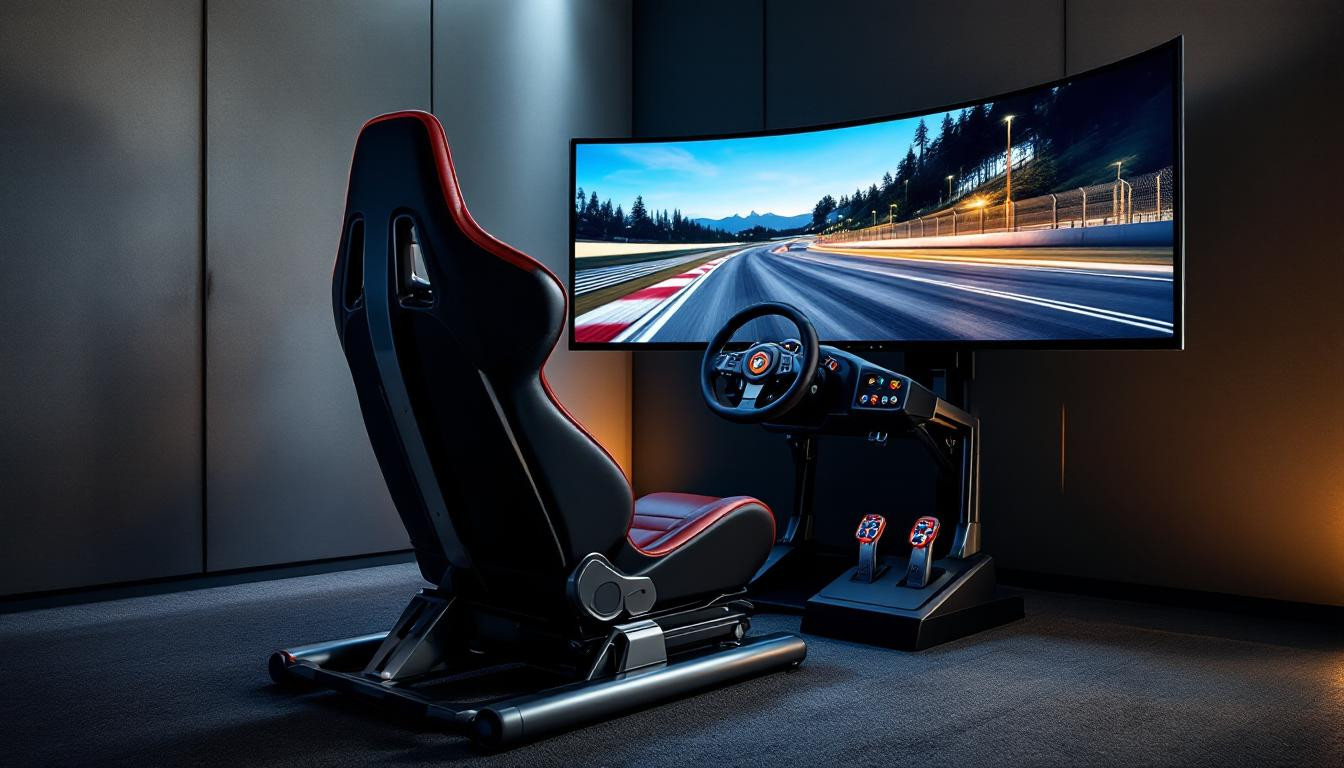Sim-racing has evolved into a thriving virtual motorsport that’s creating the next generation of racing drivers. As we roll into the Spring 2025 racing season, this digital phenomenon continues to redefine motorsport’s boundaries with unprecedented realism and accessibility.
From gaming consoles to racing careers
The gap between virtual and real racing has never been smaller. Professional drivers like Max Verstappen frequently train on simulators, while programs like GT Academy have transformed gamers into professional racers. “Simulators are to racing drivers as treadmills are to runners. It’s not quite the real thing, but it’s an essential training tool,” explains professional racer David Perel.
This crossover appeal has attracted attention from major manufacturers, similar to how Mazda’s return to performance coupes has energized enthusiasts. Both represent passionate communities embracing authentic driving experiences.
Spring 2025’s competitive landscape
As cherry blossoms bloom, so does the competitive sim-racing season. The F1 Sim Racing World Championship is now in full swing, featuring all ten Formula 1 teams competing for a $750,000 prize pool. “The level of competition has reached incredible heights,” notes Marcel Kiefer, F1 Sim Racing commentator. “We’re seeing talent emerge that can genuinely translate skills to real-world racing.”
Technology driving the revolution
The hardware powering sim-racing has made remarkable leaps forward, with 2025 bringing several innovations:
- Simlab’s new high-torque 35Nm wheelbases delivering unprecedented force feedback
- Thermaltake’s motion system providing realistic g-force simulation
- MOZA mBooster Active Pedals offering customizable resistance profiles
- VR headsets with 8K resolution per eye for total immersion
These advancements create a sensory experience that approaches reality, much like how comparative testing between Teslas and BMWs reveals surprising real-world performance differences.
The transferable skills phenomenon
“What makes sim-racing unique is how directly the skills transfer to real racing,” explains Nick Catsburg, BMW Factory Driver. “The mental processes – braking points, racing lines, car control at the limit – are remarkably similar to what we experience on actual tracks.”
This transfer of skills has created a pathway that wouldn’t exist otherwise. Ivan Machado Perez, who recently won the Skip Barber Formula iRacing Series, earned a $75,000 scholarship toward real-world racing, demonstrating the legitimate career pathway sim-racing now provides.
Accessibility transforming motorsport’s future
Unlike traditional motorsport requiring massive investment, sim-racing democratizes entry to competitive driving:
- Entry-level equipment costs under $500 (compared to $10,000+ for a season of karting)
- Race from anywhere with an internet connection
- Practice unlimited hours without fuel, tire or maintenance costs
This accessibility mirrors how hybrid technologies have made efficiency more accessible to everyday drivers, breaking down barriers to participation.
The future of driver development
While some automotive technologies face adoption challenges, sim-racing continues its upward trajectory. Racing teams now actively scout talent from virtual competitions, viewing them as a cost-effective talent pipeline.
As console versions of professional simulators like iRacing expand to reach broader audiences this spring, we’re witnessing the formation of a new motorsport ecosystem where virtual and real racing complement rather than compete with each other.
The greatest testament to sim-racing’s impact? When the next Formula 1 champion credits their early sim-racing experience for developing their skills, we’ll know the virtual-to-real pipeline has been fully established. For motorsport’s future, the distinction between “gamer” and “driver” continues to blur with each passing season.
